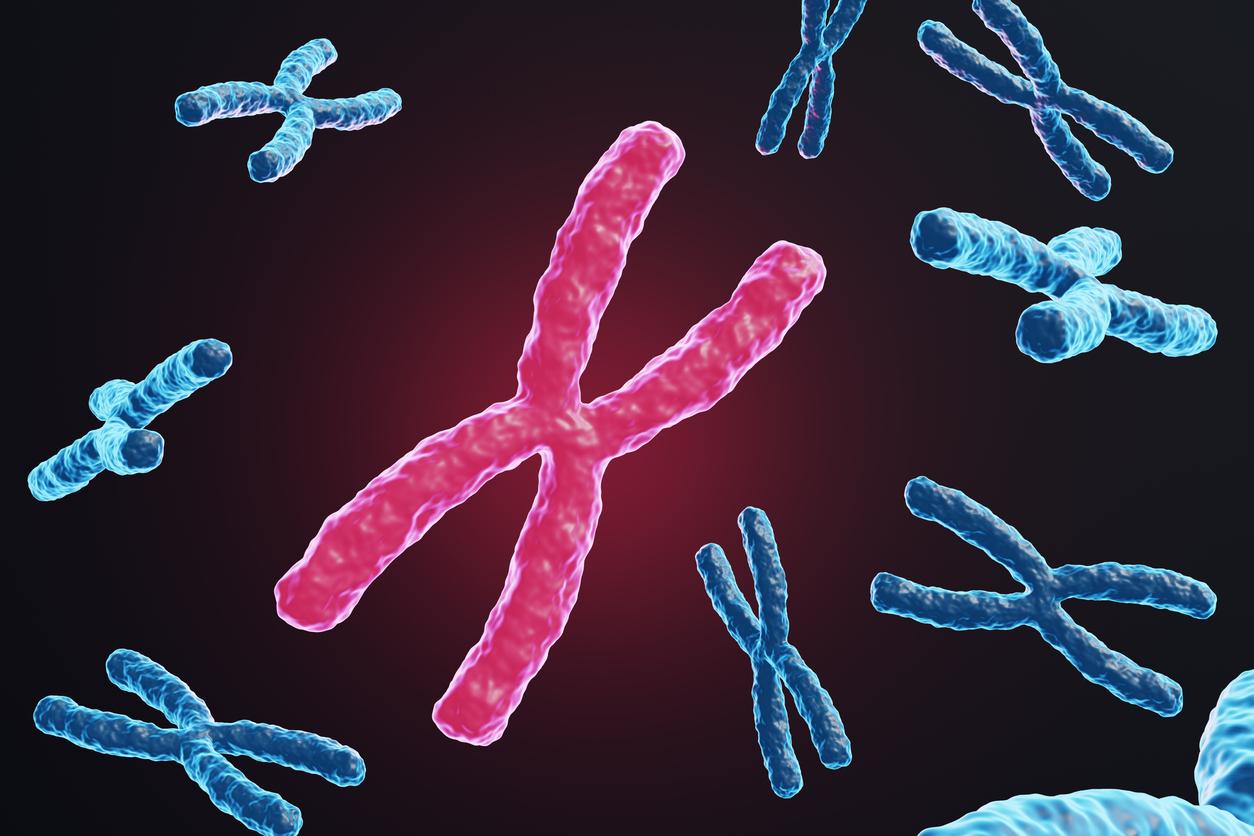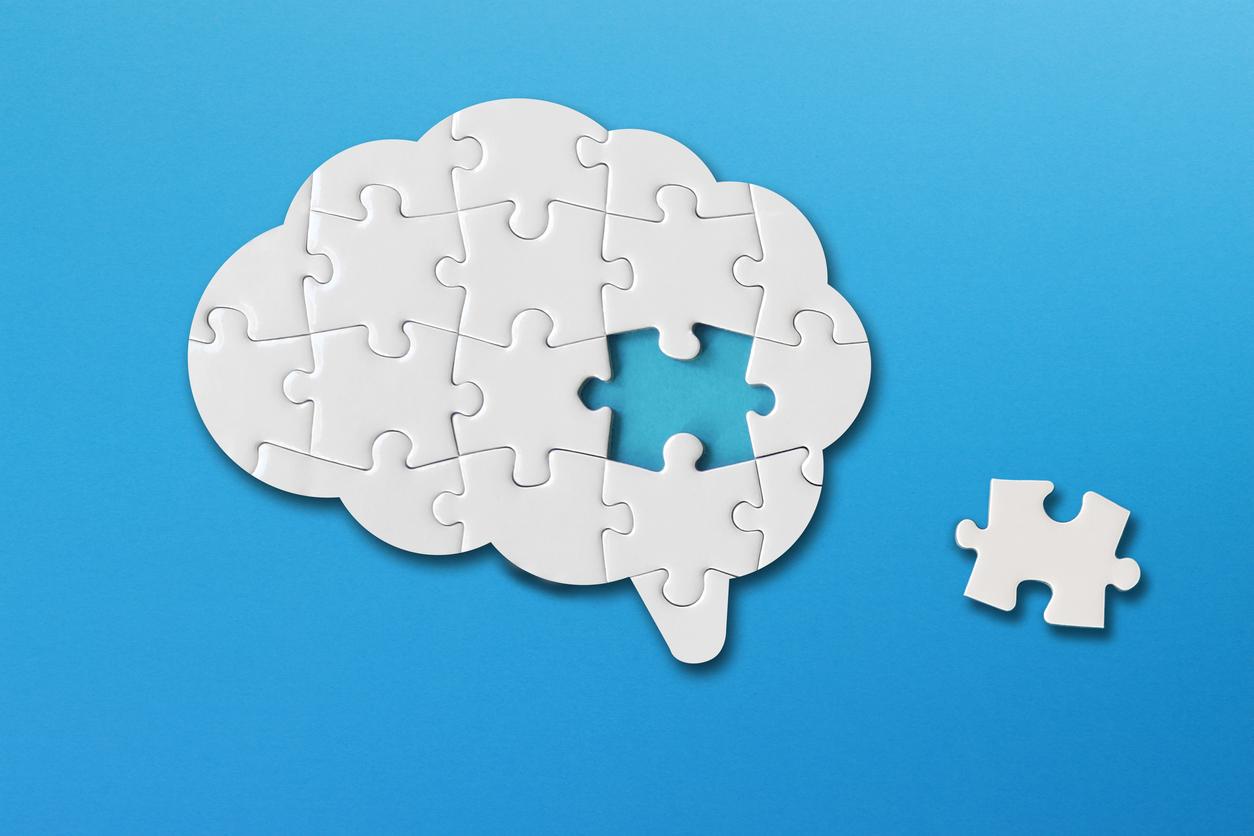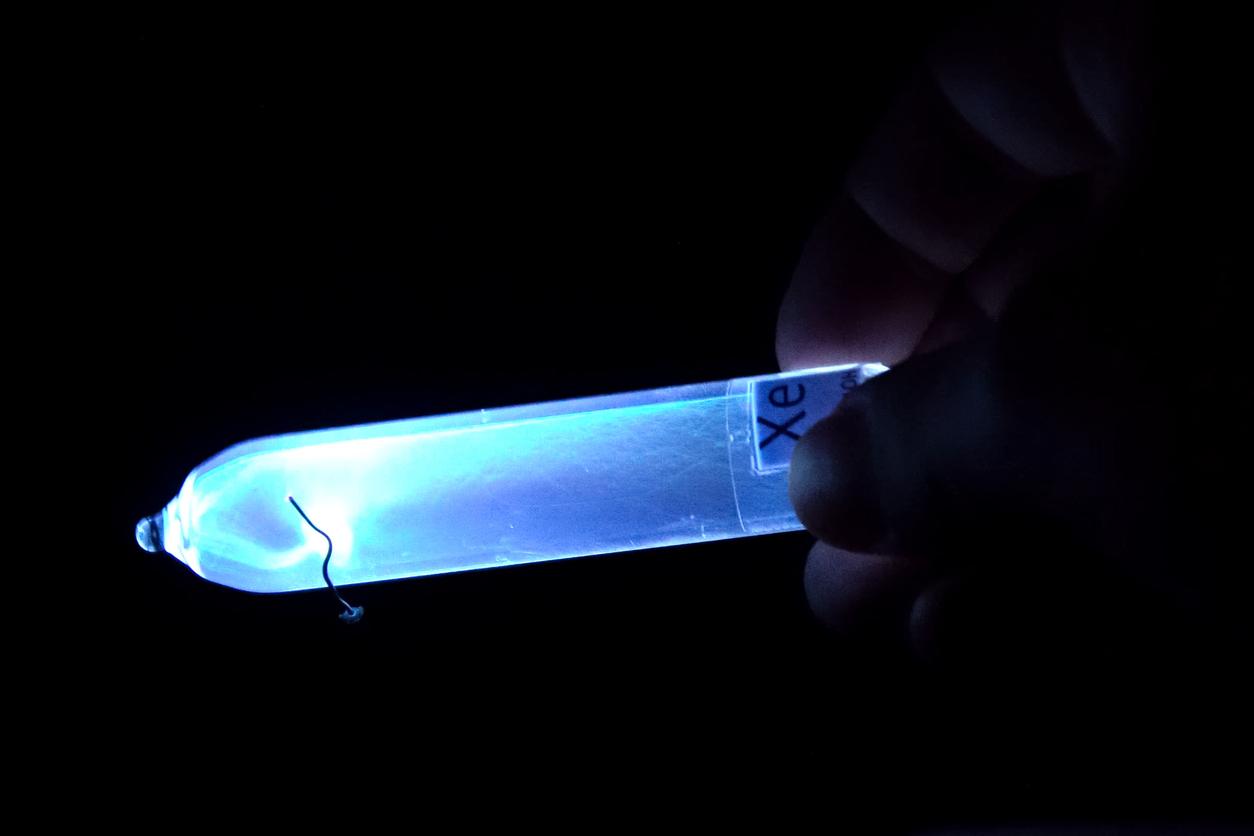Amnesia has long been at the heart of scientific debates. For some, memory loss caused by head trauma, stress or diseases like Alzheimer’s results from damage to specific brain cells. For others, it is explained by a problematic access to memories.
Researchers at the Learning and Memory Research Center at the Massachusetts Institute of Technology in the United States (MIT) used optogenetics in mice, which involves adding proteins to neurons to allow them to be activated by light, to demonstrate the existence of these memory cells in the hippocampus of the brain.
The formation of a memory
The researchers imagined the existence in the brain of a network of neurons which, activated during the formation of a memory, lead to physical or chemical changes called engrams. “If these groups of engram neurons are then reactivated by an image, smell or flavor, all stored memory should return,” explain the researchers.
“The majority of scientists favor the destruction theory of information storage, but this research shows that this is probably wrong,” says Professor Susumu Tonegawa, winner of the Nobel Prize in Medicine in 1987 and co-author of the study. . “Amnesia is a memory retrieval problem,” he says.
Inaccessible information
The results of this experiment revealed that amnesia is characterized by problematic access to memories.
“This research has made it possible to dissociate the mechanisms of memory storage from those allowing it to be formed and recovered. This shows that in some forms of amnesia the memory of the past may not have been erased but is simply inaccessible,” says MIT researcher Thomas Ryan, the lead co-author of this research.
“This work provides surprising insight into the nature of memory and will stimulate future research on the biology of memory and its clinical restoration”, concludes Professor Susumu Tonegawa.
Read also:
Alzheimer’s: gene therapy to help memory loss
Young people’s memory is more accurate
What if we could rewrite bad memories?
















